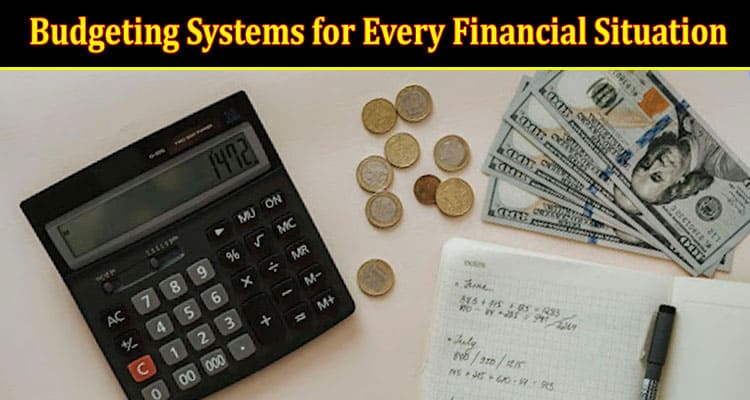In today’s economic uncertainty, budgeting plays an important role in managing our finances. It helps us plan how to spend our money, handle debts, be ready for emergencies, and set financial goals.
Even though budgeting has many advantages and plenty of online tools to help, many people still struggle with it for their own reasons. The biggest issue is often not understanding their true financial situation.
This article will help you solve this problem. We’ll discuss various budgeting techniques that are well-suited for different financial circumstances.
Pay-Yourself Budget
The pay-yourself method is a simple way to save for long-term goals without closely tracking every expense. It’s recommended for young adults who want to build up savings and make investments over current expenses.
Here’s a tip to consider. As a young person, investing in insurance is financially wise. The earlier you get insured, the cheaper your premiums will be. For example, silver health insurance for young adults under 26 costs $449 monthly on average, while people in their 30s pay as high as $553.
However, if you have a lot of personal loans or credit card debts, think about the financial impact of saving versus paying off debts. Compare the monthly interest rates of your savings and debts. If the debts have higher interest, paying them off first is better. Otherwise, you’ll pay more in interest than you’ll save.
Here are some quick steps to follow:
- Review your spending habits.
- Decide how much you want to save for yourself (you can start with a small amount and increase it gradually).
- Make a list of your short-term and long-term savings goals.
- Adjust your budget as needed.
- Set up automatic savings.
Automating your savings can be helpful. Many spend money impulsively or forget to save because of busy schedules. When you automate your savings, you remove the temptation to spend and take the responsibility off your shoulders.
50/30/20 Rule
The 50/30/20 rule is another simple budgeting approach that’s great for beginners. It recommends putting 50% of your funds for needs and obligations, 20% for savings and paying off debt, and 30% for things you want.
As noticed, it only has three categories, so it requires minimal tracking. It’ll only become ineffective if your expense exceeds a category’s budget. For example, if your debt and savings take up more than 20% of your disposable income.
The good thing is this rule is flexible, so you can adjust the percentages as you see fit and tailor them to suit your current finances, needs, and goals. For example, you can increase the savings and debt repayment category while decreasing spending on things you want or need.
Zero-Based Budgeting (ZBB) Method
ZBB is great for people with a fixed monthly income. It’s called “zero-based” because you start fresh with a new budget every payday. With this method, you subtract your expenses from your income, making sure the result is zero. This means your salary minus all spending equals zero. But remember that only your income should be zeroed out, not your other accounts.
The advantage of ZBB is that it lets you look at your finances with a fresh perspective without being influenced by past budgets or targets. It helps you spot unnecessary or redundant expenses and prevents overspending by reevaluating every spending category. In addition to saving money, it allows you to set savings goals, making your overall financial management more efficient.
However, because it requires a close look at every expense, ZBB can be resource-intensive and time-consuming. It’s not very flexible, either. If you take money from one spending category, it can easily throw off your whole budget. That’s why it’s best suited for people who can reasonably estimate their monthly income.
Cash Envelope System
The cash envelope system is mainly for those who tend to overspend habitually. This method requires you to put cash into different envelopes for each of your key spending categories. This gives you a detailed view of your monthly spending and helps avoid overspending.
It’s similar to zero-based budgeting, but it’s all done with physical cash. You have to keep track manually, like saving receipts, writing down expenses, and subtracting them from the totals in your envelopes. While it’s not very difficult, it requires extra effort because there’s no automatic tracking, and you must handle money in person.
However, it’s important to know that society is getting more cashless. Many stores no longer accept cash, thanks to widespread digital transformation. Moreover, carrying cash can also make some people feel uneasy or unsafe because of the risk of being lost or stolen.
Nowadays, there are digital versions of envelopes, but they may not be as effective for curbing impulsive spending. Using paper envelopes is also a non-technical option that works well for non-tech people.
Final Thoughts
There are other budgeting approaches you can explore. Remember that there’s always a budgeting method suited for every unique financial situation. It just requires some effort in researching, thoroughly understanding your finances, choosing the right budgeting strategy, and sticking to your spending plan. If you’re still unsure, always seek professional advice.

